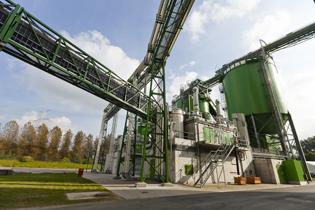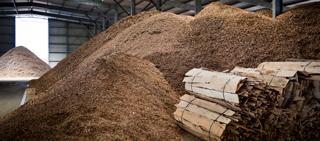
While wood may be the biomass resource that has been used the longest to produce energy, it is far from being the only solid and ligneous biomass that can be converted into energy. As a European leader in this market, ENGIE has spent more than 10 years on building a unique body of expertise to improve wood energy combustion process and recover energy from other resources, including biowaste, wastewater treatment plant sludge and straw.


